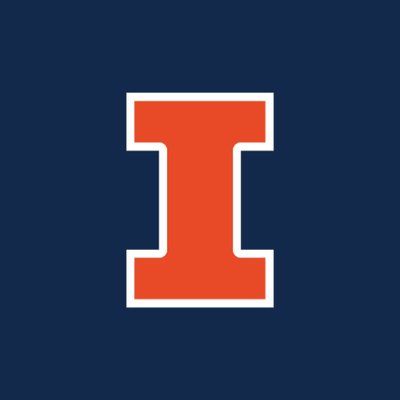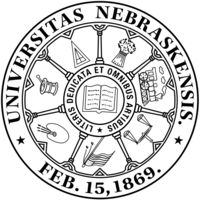(1) Background: Tendinopathy is a common injury in both human and equine athletes. Representative in vitro models are mandatory to facilitate translation of fundamental research into successful clinical treatments. Natural biomaterials like gelatin provide favorable cell binding characteristics and are easily modifiable. In this study, methacrylated gelatin (gel-MA) and norbornene-functionalized gelatin (gel-NB), crosslinked with 1,4-dithiotreitol (DTT) or thiolated gelatin (gel-SH) were compared. (2) Methods: The physicochemical properties (1H-NMR spectroscopy, gel fraction, swelling ratio, and storage modulus) and equine tenocyte characteristics (proliferation, viability, and morphology) of four different hydrogels (gel-MA, gel-NB85/DTT, gel-NB55/DTT, and gel-NB85/SH75) were evaluated. Cellular functionality was analyzed using fluorescence microscopy (viability assay and focal adhesion staining). (3) Results: The thiol-ene based hydrogels showed a significantly lower gel fraction/storage modulus and a higher swelling ratio compared to gel-MA. Significantly less tenocytes were observed on gel-MA discs at 14 days compared to gel-NB85/DTT, gel-NB55/DTT and gel-NB85/SH75. At 7 and 14 days, the characteristic elongated morphology of tenocytes was significantly more pronounced on gel-NB85/DTT and gel-NB55/DTT in contrast to TCP and gel-MA. (4) Conclusions: Thiol-ene crosslinked gelatins exploiting DTT as a crosslinker are the preferred biomaterials to support the culture of tenocytes. Follow-up experiments will evaluate these biomaterials in more complex models.







